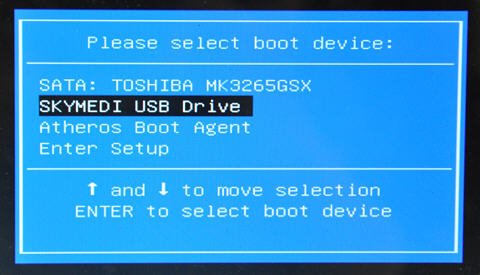
In the case of RHEL, you would press 'e' at the GRUB menu on the selected kernel and then add the following at the end of the line kernel= (assuming a baud rate of 57600 bps):
#Systemrescuecd boot usb serial
In order to boot Linux and see all output over serial console instead of on a monitor, it is necessary to edit the kernel parameters in the boot loader.

Also no KVM switch was available on the rack, so the only way to interact with the server was over serial console. I had used this utility distro on personal machines (netbooks, laptops, desktop) at home, but on this particular day, I was working on an ATCA MPCBL0030 (Intel) blade with no separate video output. on host systems with boot, storage, or other problems. SystemRescueCD is a very handy liveCD/USB distro for repairing filesystems, editing partitions, recovering MS Windows passwords, etc. 4.5.1 installed as a liveUSB (as of Aug 2015, the most recent version is 4.5.4). Luckily, I happened to have a 2GB USB stick in my backpack that had SystemRescueCD v. Unfortunately, the server that failed to boot was running RHEL 5.8.

I therefore thought it would be a good idea to create liveUSB's of RHEL so I could boot into Redhat rescue mode when servers fail to boot or have disk errors, but creating live USB media from RHEL iso images isn't straightforward.įor RHEL 7.X, Redhat recommends using dd to write the iso file onto a USB memory stick, but this method doesn't seem to work when used with DVD iso files for RHEL5. This is a hassle because some servers don't have optical drives and it's inconvenient to carry around a bunch of CD/DVD's. At work I mostly deal with servers using Redhat Enterprise Linux versions anywhere from 4.X(!!) to 7.X, so I used to carry around a CD case containing RHEL v.4~7 DVD's. Recently I found myself without any RHEL DVD's or liveUSB's when encountering a server that failed with disk errors on reboot.


 0 kommentar(er)
0 kommentar(er)
